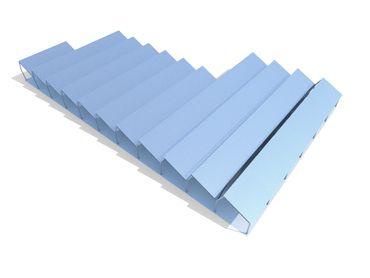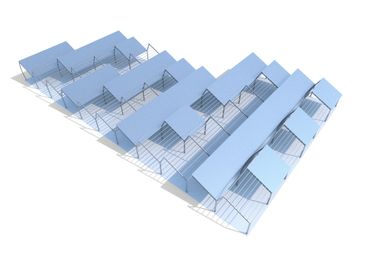Reused for living
Low-density residential expansion in Hannover is pushing the city’s boundaries outward.
New residential developments are taking place on land that was formerly occupied by light industry.
The nature of the site and its previous occupation poses several questions.
The first is about the typology of the eventual residential fabric. Should it be a continuity of the residential building typologies in the surrounding, or can a new typology be integrated?
Second, what cultural and historical values, if any, do the storage structures hold? Should they be preserved only because they were part of the landscape for so long? Or is a radical approach of tabula rasa and building from neutrality more beneficial?
We opted for a human-centric design-led approach that preserves the dynamic balance between the industrial heritage and the new housing development. This approach relates lifestyle to location in relation to the natural environment. Breathing new life into the existing structure is a decision that respects the past and promotes a more sustainable future by saving on building resources and construction time.
As it stands, the volume of the warehouses occupies almost all of the plot. When converting the function to residential, we retained the allowed maximum density in built form and vacated the rest, making way for green and open spaces. The result is ten independent, well-lit and ventilated houses, enjoying a private garden each.
The outside façades will retain their rugged industrial character, while the interior will be reconceived as an open plan. Flexible internal subdivisions and the possibility of incorporating a mezzanine level uphold the idea of spatial continuity and adaptability to different needs.
To maximize the use of the existing structure and limit waste, we kept partial frames converted to sunrooms. This additional living area creates a bioclimatic architecture providing a better adaptation to the environment by using its resources. It is versatile and can be customized and used for work, leisure and even gardening.
This project promotes reusability and adaptability as a way of creating harmonious and versatile living spaces.
Project status | DESIGN PROPOSAL 2020
Architect: Tofy Semaan









Copyright © 2025 Tofy Semaan